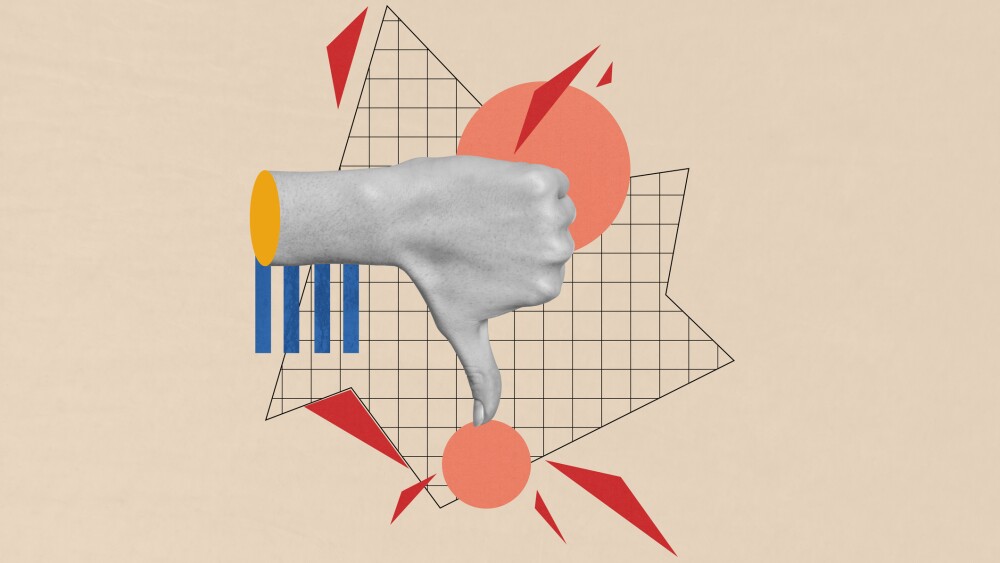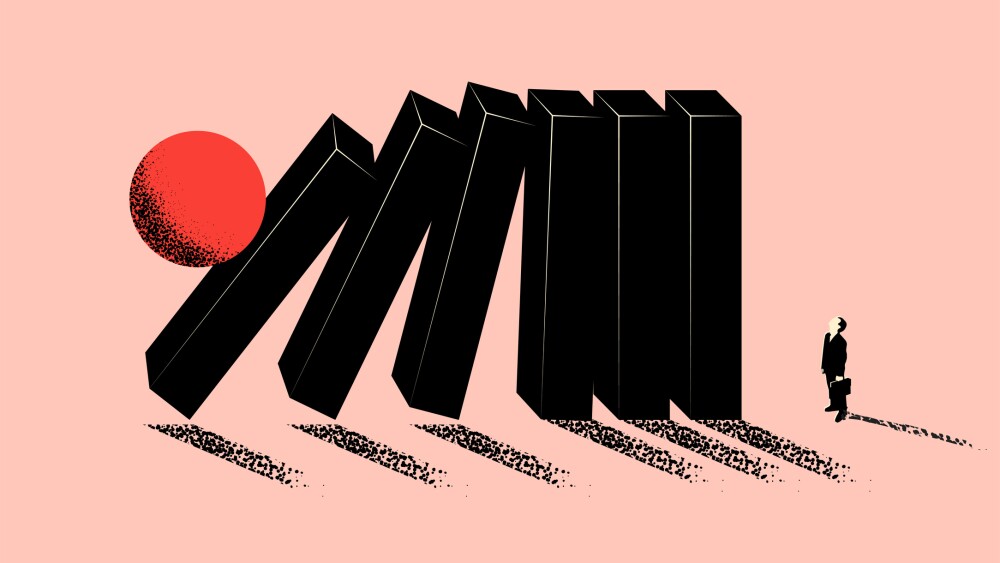Johnson & Johnson is planning to break off its consumer products business from its pharmaceutical and medical device businesses. They will become two publicly traded companies.
Cristina Arias/Cover/Getty Images
Mega-company Johnson & Johnson is planning to break off its consumer products business from its pharmaceutical and medical device businesses. They will become two publicly traded companies.
The company’s household products unit includes brands such as Band-Aid, Aveeno and Neutrogena, and Listerine. Compared to the drugs and medical devices, these are good, solid products, which are faster-growing but more volatile. The pharma unit, among other products, markets the COVID-19 vaccine.
“Following a comprehensive review, the board and management team believe that the planned separation of the consumer health business is the best way to accelerate our efforts to serve patients, consumers, and healthcare professionals, create opportunities for our talented global team, drive profitable growth, and — most importantly — improve healthcare outcomes for people around the world,” stated Alex Gorsky, J&J’s chief executive officer.
Gorsky is stepping down from the position at the end of the year and will be replaced by Joaquin Duato. He has held the position since 2012 and will become executive chairman on January 3, 2022.
Investors and analysts have been calling for the conglomerate to split for years. Back in 2015, CNBC Mad Money’s Jim Cramer called for a split into three separate businesses, noting that having three different companies under the same roof, pharmaceuticals, consumer healthcare products and medical devices was “a pretty diverse product line with virtually no overlaps. As we’ve seen so often in the past, I think these divisions could do much better separately than as one combined company that is confusing to manage or even to understand.”
Cramer argued that the units all had different customer bases, manufacturing needs and distribution channels. A split would allow management to focus on each specific customer base.
The split is expected to wrap up in 18 to 24 months. The pharmaceutical and medical device businesses will keep the Johnson & Johnson name and Duato will run it. Those divisions will generate about $77 billion in annual revenue. The consumer products division, which has yet to be named, will cover about $15 billion in sales annually.
The consumer products company will also keep the lawsuits related to its Johnson’s Baby Powder cancer. The company has been hit with lawsuit after lawsuit over claims that its talc-based products cause ovarian cancer. In June 2020, a Missouri court ordered the company to pay $2.1 billion to 22 women and their families, claiming that Johnson’s Baby Powder and related products caused ovarian cancer. It was a decrease from a July 2018 decision ordering $4.69 billion, but the amount was reduced because some of the women were from a different state and should not have been included in the lawsuit.
In August 2021, J&J’s plan to spin off a company solely responsible for its talc-based products so it could mitigate damages from the lawsuits was given breathing room when U.S. Bankruptcy Judge Laurie Selber Silverstein halted legal attempts to stop the plan. Up to that point, J&J had not publicly indicated a spin-off was a possibility. Apparently, the strategy was to form a spin-off and have it declare bankruptcy to protect the bulk of its assets.
Gorsky said the baby powder lawsuits didn’t play a role in the current plan.
Investors must have been fairly pleased with the announcement, as company shares popped 4% at the news in premarket trading. No financial details of the split have been disclosed, although J&J indicated it would be tax-free and will continue to pay dividends at current levels.
In 2020, the pharmaceutical division generated 55% of the company’s sales; 28% came from the medical device unit; 17% from the consumer division. In 2020, J&J reported $83 billion in revenue and analysts projected $94 billion for 2021. The company employs more than 136,000 people around the world.





